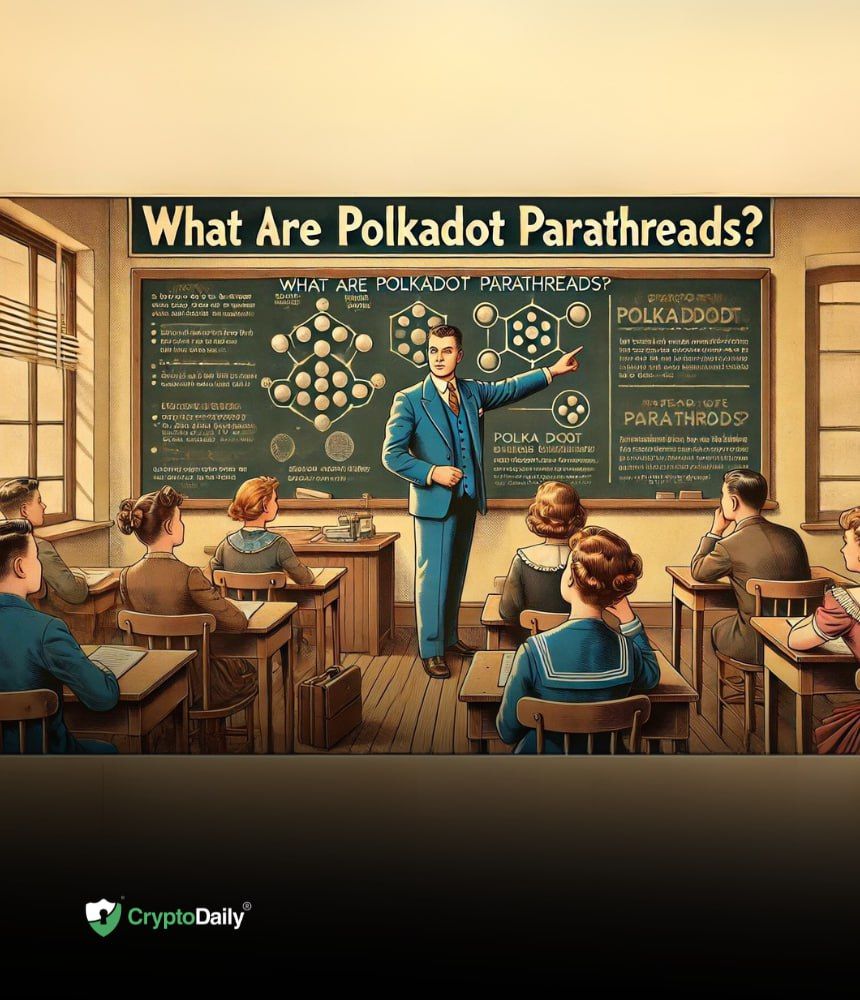Polkadot Parathreads: Expanding Blockchain Opportunities with Shared Security
0
0

Parathreads significantly lower the barrier to entry for projects, making Polkadot's ecosystem more accessible and efficient by providing a scalable solution for nascent projects and applications with variable activity.
Functionality and Operation
Parathreads represent a crucial innovation within the Polkadot ecosystem, offering an alternative to parachains for projects with limited resources. As application-specific data structures or layer-1 blockchains, parathreads operate parallel to Polkadot's relay chain, inheriting its scalability, security, interoperability, and governance features.
Unlike parachains, which require dedicated slots on the relay chain, parathreads utilize a shared pool of slots. This system allows projects to participate without the need for substantial capital investment. Parathreads participate in fee auctions where block authors bid in native tokens to include their block candidates. The highest bid wins, with rewards distributed between the block author and the Polkadot treasury.
Ideal Use Cases
Parathreads are particularly suitable for:
- Applications seeking an initial entry point into Polkadot
- Projects concerned about maintaining parachain slots
- Applications with high read and low write frequencies
Emerging projects often lack the resources to secure dedicated parachain slots, requiring significant DOTs. Parathreads, with minimal bond requirements, offer a more accessible entry point. As projects grow and secure more DOTs, they can transition to full parachains. This flexibility addresses dependency management concerns, ensuring continuity and access to Polkadot's ecosystem even if a project cannot maintain its parachain slot.
Economic Model
Polkadot allocates certain parachain slots to a parathread pool, with numerous parathreads sharing execution opportunities in each relay chain block. Parathreads signal their intent to execute blocks via auctions, paying validators in DOTs. This pay-per-block model contrasts with parachains, which have guaranteed execution slots.
Funding for parathreads can come from various sources. Projects may maintain DOT accounts to cover auction costs or use inflation models to reward collators with native tokens. Once the native token's value surpasses the auction cost, collators accept the block reward, ensuring economic sustainability.
Integration and Impact
Parathreads integrate seamlessly with parachains, sharing Polkadot's security and communication protocols. Polkadot's architecture can support approximately 100 parachains, while parathreads expand this capacity by pooling applications into shared slots. This structure enhances infrastructure chains and boosts overall composability.
The Polkadot network aims to streamline the relay chain, reducing transaction loads by delegating specific functions to system-level chains for DOT transfers, governance, staking, and smart contracts. High-demand applications like decentralized exchanges or stablecoin platforms benefit from dedicated parachain slots, while most other applications find parathreads more economical.
Disclaimer: This article is provided for informational purposes only. It is not offered or intended to be used as legal, tax, investment, financial, or other advice.
0
0







